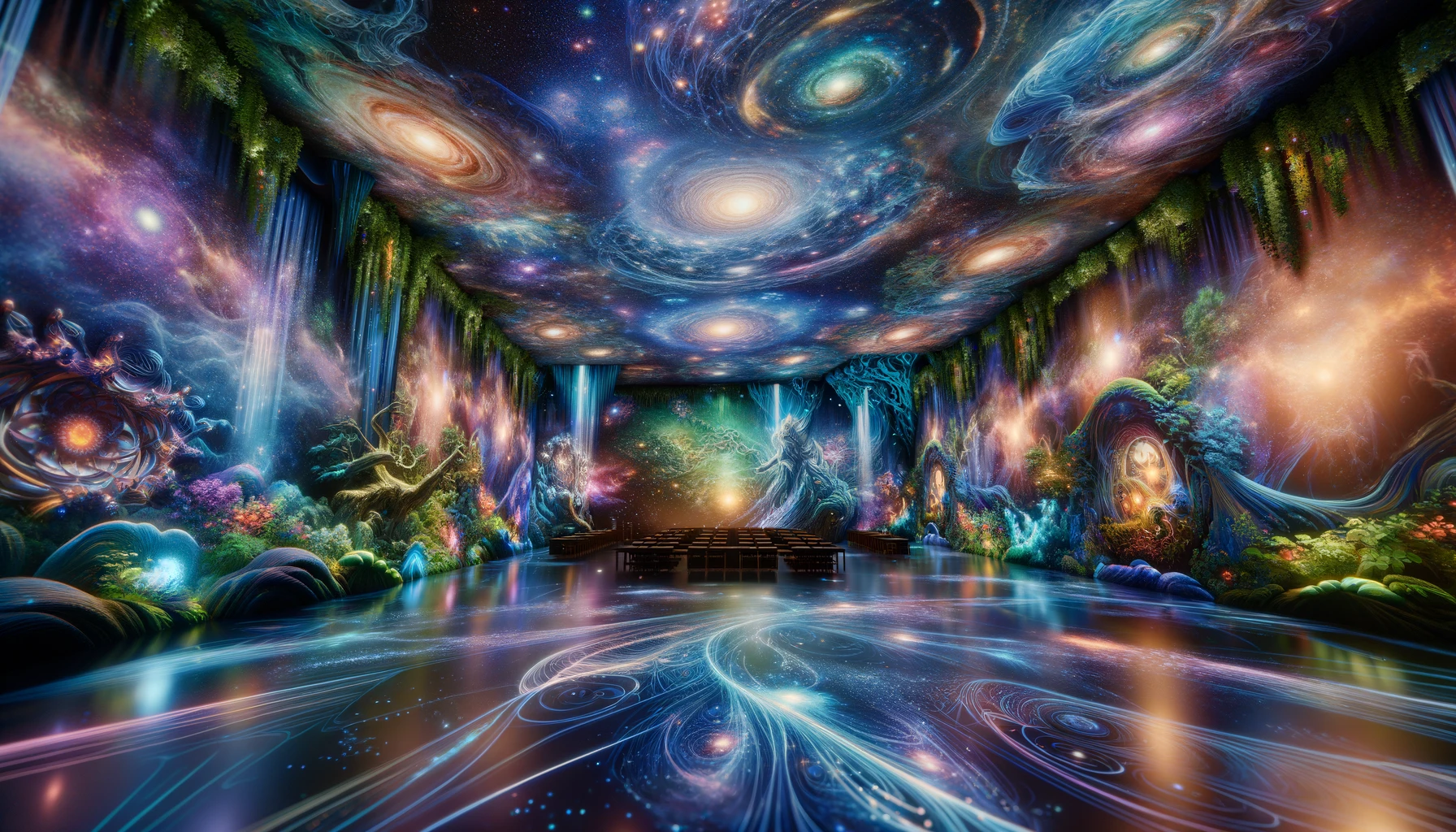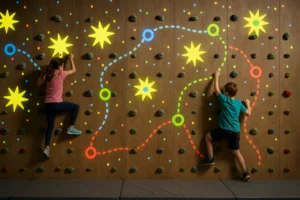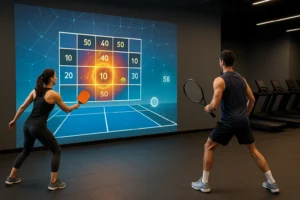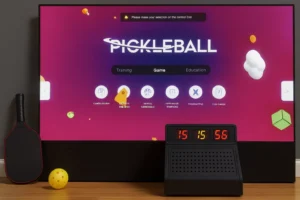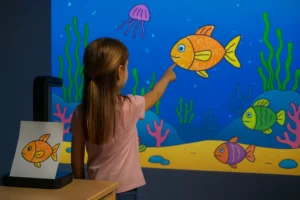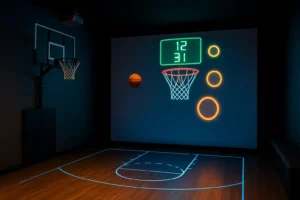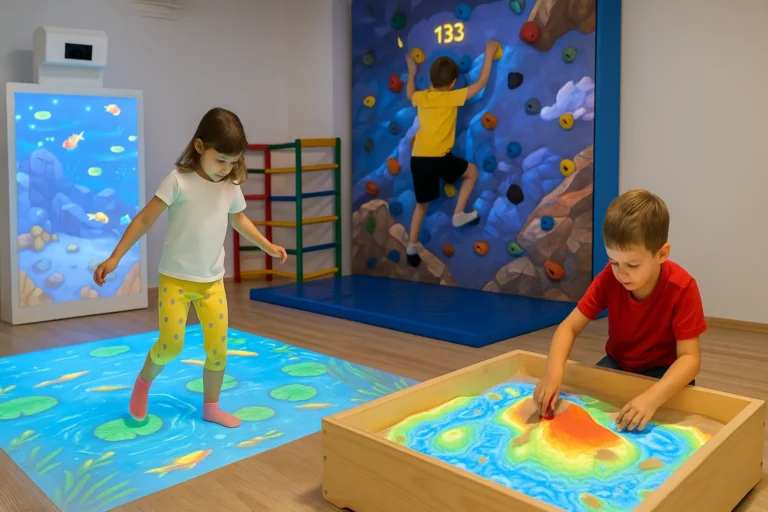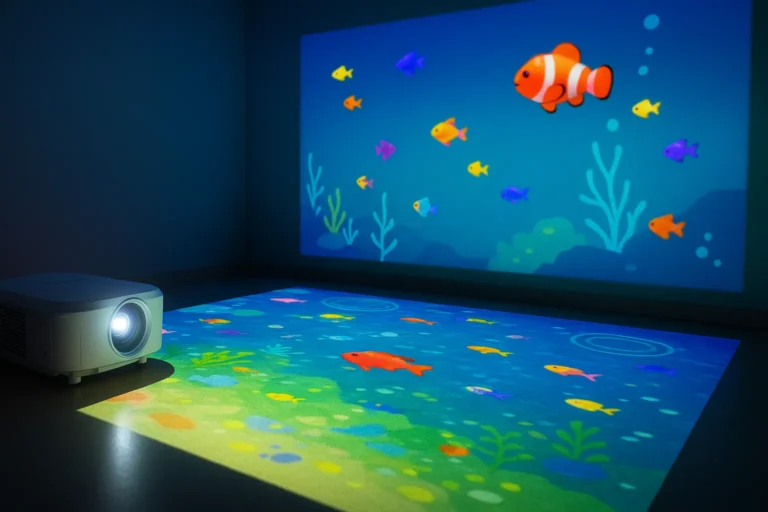Designing an immersive visual projection mapping magic room theme is like creating a portal to another world. This technology transforms spaces into dynamic, interactive environments using cutting-edge projection techniques. In this guide, we’ll explore the tools and strategies needed to craft a stunning immersive room, from custom software to state-of-the-art display screens.
Understanding Custom Immersive Projection Magic Room Software
When it comes to creating a magic room, the software you choose plays a pivotal role. Custom immersive projection magic room software allows designers to tailor experiences to their specific needs, ensuring each projection aligns perfectly with the room’s dimensions and theme.
Key Features to Look For:
- Flexibility: The ability to handle various media formats and resolutions.
- User-Friendly Interface: Simplifies the process of designing and adjusting projections.
- Integration Capabilities: Works seamlessly with other systems like sound and lighting.
Choosing the right software is crucial as it acts as the backbone of your entire project. Some popular options include TouchDesigner and MadMapper, known for their versatility and robust features.
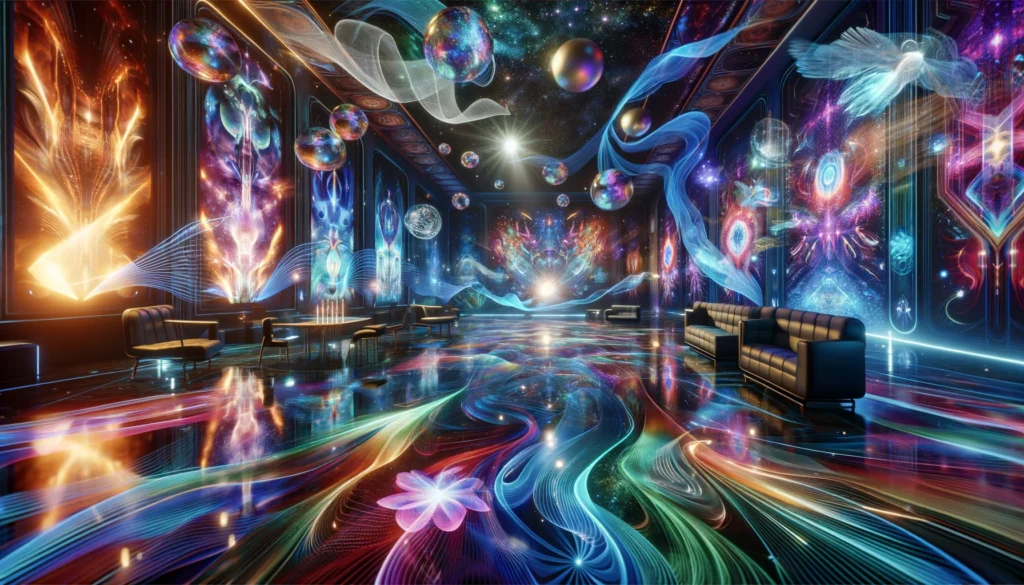
The Role of the Immersive Media Display Screen in Room Design
A high-quality media display screen is essential for achieving vivid and clear projections. These screens come in various sizes and materials, each suited for different types of projections.
Types of Display Screens:
- Fixed Frame Screens: Ideal for permanent installations.
- Portable Screens: Useful for temporary setups and flexible room designs.
- Interactive Screens: Allow for touch and gesture interactions, enhancing user engagement.
The screen acts as the canvas for your projections. Therefore, selecting the right type is vital to ensure your visuals are as immersive and impactful as possible.
Creating a 360 Immersive Room Magic Projection Experience
A 360 immersive room offers a unique, enveloping experience where projections cover all walls, creating a fully immersive environment. This setup requires precise planning and high-quality equipment.
Steps to Create a 360 Experience:
- Room Analysis: Measure the room to understand the projection surface area.
- Projector Placement: Strategically place projectors to cover all walls evenly.
- Content Creation: Develop visuals that seamlessly transition from wall to wall.
- Calibration: Fine-tune the projectors to ensure alignment and clarity.
By following these steps, you can transform an ordinary room into an extraordinary immersive experience that captivates anyone who enters.
Immersive Digital Projection Mapping in Theme Parks
Theme parks have embraced immersive digital projection mapping to enhance visitor experiences. These installations bring attractions to life, making them more engaging and memorable.
Examples of Use in Theme Parks:
- Ride Enhancements: Projection mapping on rides to create dynamic environments.
- Live Shows: Adding projections to performances for a more immersive experience.
- Interactive Exhibits: Allowing visitors to interact with projections, adding an educational element.
Projection mapping can significantly boost the appeal of theme parks, making them a must-visit destination for families and thrill-seekers alike.
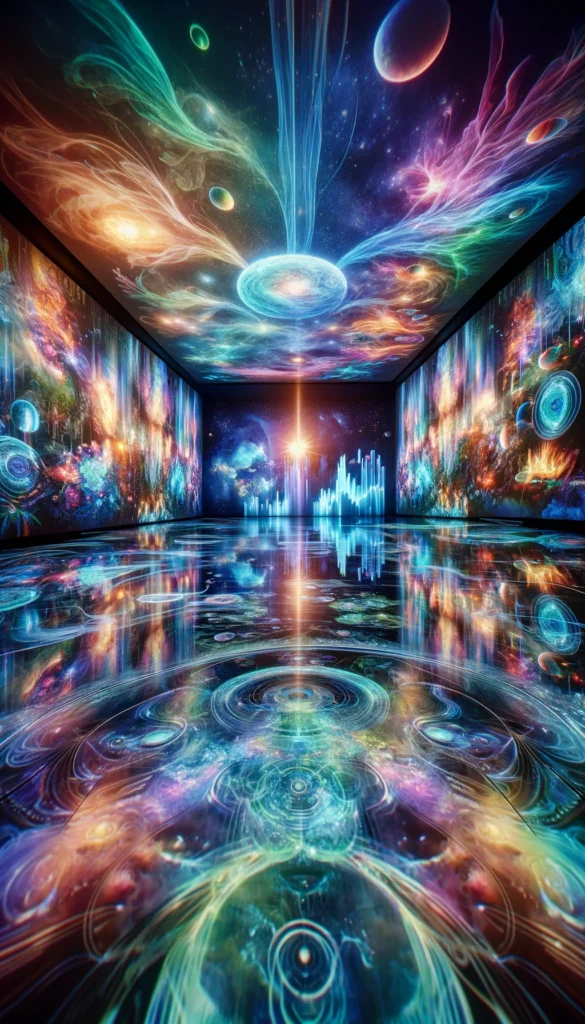
Choosing the Best Equipment and Suppliers
Selecting the right equipment is critical for the success of your immersive room project. From projectors to media servers, each component must be top-notch to deliver the desired effect.
Factors to Consider:
- Projector Quality: Look for high resolution and brightness.
- Media Servers: Ensure they can handle the required processing power.
- Supplier Reputation: Choose reliable manufacturers and suppliers to avoid potential issues.
Some of the best suppliers and manufacturers include Epson for projectors and Green Hippo for media servers. They offer robust solutions that can handle the demands of immersive projection projects.
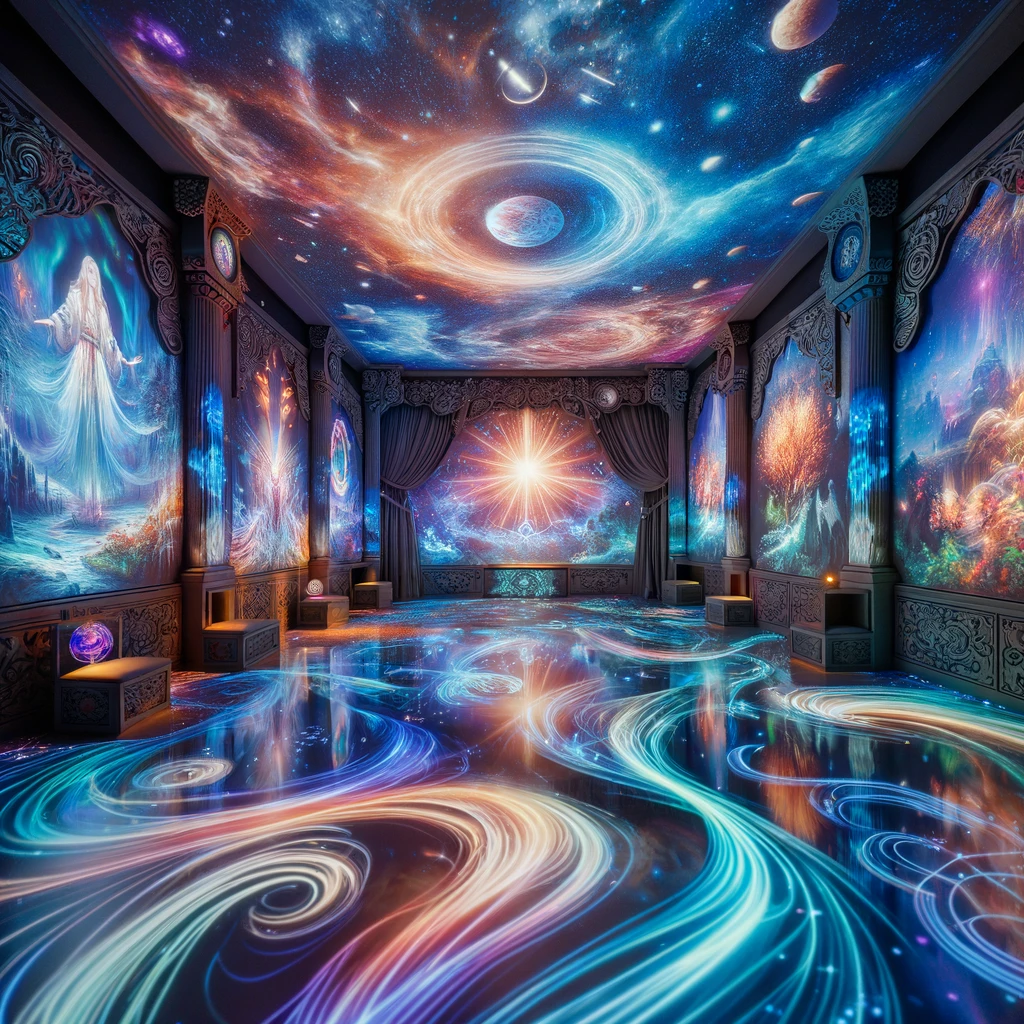
Budgeting and Ordering Your Equipment
Budgeting for an immersive room project involves considering the cost of equipment, software, and installation. Prices can vary significantly, so it’s essential to plan carefully.
Budgeting Tips:
- Research: Compare prices from different suppliers.
- Plan for Extras: Include a buffer for unexpected expenses.
- Look for Packages: Some suppliers offer discounts for bulk orders.
When you’re ready to order, ensure you have a detailed list of everything you need. This preparation helps avoid delays and ensures you have all the necessary components for your project.
The best software depends on your specific needs, but TouchDesigner and MadMapper are popular choices due to their flexibility and robust features.
Costs can vary widely based on the size and complexity of the project. A basic setup might start at a few thousand dollars, while more elaborate installations can cost significantly more.
Reputable suppliers like Epson and Green Hippo offer high-quality projectors and media servers suitable for immersive room projects.

